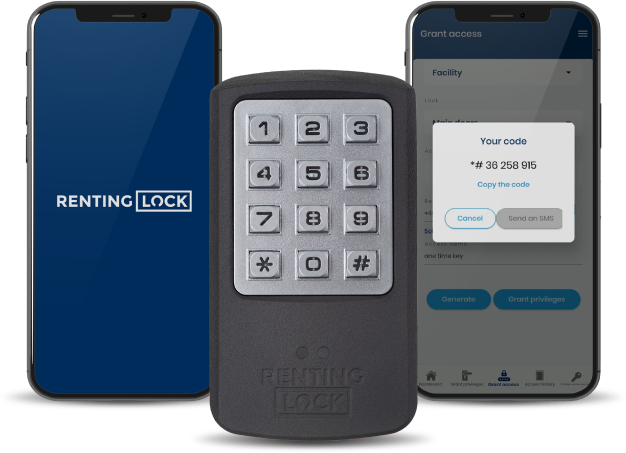The IoT is a network of interconnected devices embedded with sensors and software that exchange information, enabling improved efficiency and integration with computer-based systems, ultimately reducing human intervention.
How do we do it?
The Internet of Things (IoT) is the network of devices and appliances embedded with sensors, software, and network connectivity, which enable them to connect and exchange information. It creates opportunities for more direct integration of the physical world into computer-based systems which results in improved efficiency, accuracy, and economic benefits in addition to reduced human intervention.
Developing IoT systems involves several stages, starting with the understanding of the problem that needs to be solved or the process to be optimized. The next step is to select the appropriate hardware sensors and devices that will collect the needed data and provide required functionalities. These devices are connected to an IoT platform that collects, manages, and analyzes the data. The platform is capable of making decisions based on the data, often through the use of machine learning algorithms. The final step is the integration of the IoT system with other business systems and processes.
Developing IoT systems involves several stages, starting with the understanding of the problem that needs to be solved or the process to be optimized. The next step is to select the appropriate hardware sensors and devices that will collect the needed data and provide required functionalities. These devices are connected to an IoT platform that collects, manages, and analyzes the data. The platform is capable of making decisions based on the data, often through the use of machine learning algorithms. The final step is the integration of the IoT system with other business systems and processes.
Process
01
Requirement Analysis: Understand the needs of the client. Identify the problem to be solved, the process to be optimized, or the product to be created. Understand the physical and environmental context where the IoT system will be deployed.
02
Hardware Selection: Choose the appropriate sensors and devices that will collect the necessary data. This could be anything from temperature sensors to cameras to RFID readers, depending on the application.
03
Data Collection and Transmission: Set up the devices to collect data and transmit this data to an IoT platform. This involves deciding on a communication protocol and possibly setting up a network of gateways or routers.
04
Platform Selection: Choose or develop an IoT platform that will manage the collected data. This platform needs to be capable of receiving and storing large amounts of data, and it needs to be able to analyze this data and make decisions based on it.
05
Integration: Integrate the IoT system with the client's other systems and processes. This could involve setting up APIs to allow the IoT platform to communicate with other software, or it could involve customizing the user interface of the IoT platform.
06
Monitoring and Maintenance: Regularly monitor the system's performance and maintain the hardware and software. This could involve replacing worn-out sensors, updating software, or adjusting system parameters to improve performance.
07
Feedback and Iteration: Gather feedback from the client and end-users. Use this feedback to make iterative improvements to the system, enhancing efficiency and reliability.
Case study

RentingLock
RentingLock is a system that enables remote access control for real estate via a multifunctional mobile app connected to electronic locks using Bluetooth.
Related post
